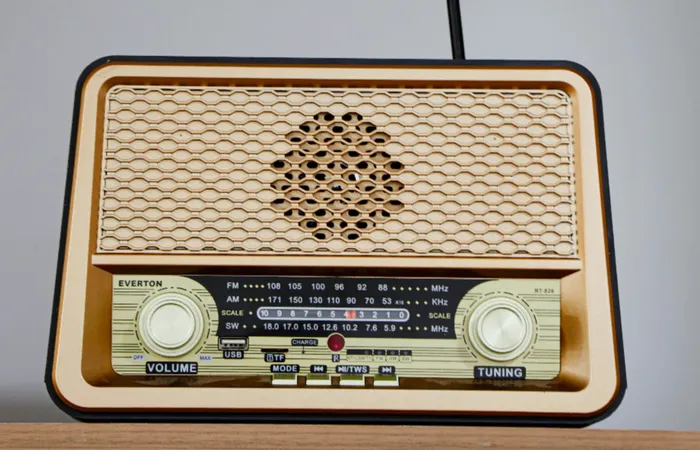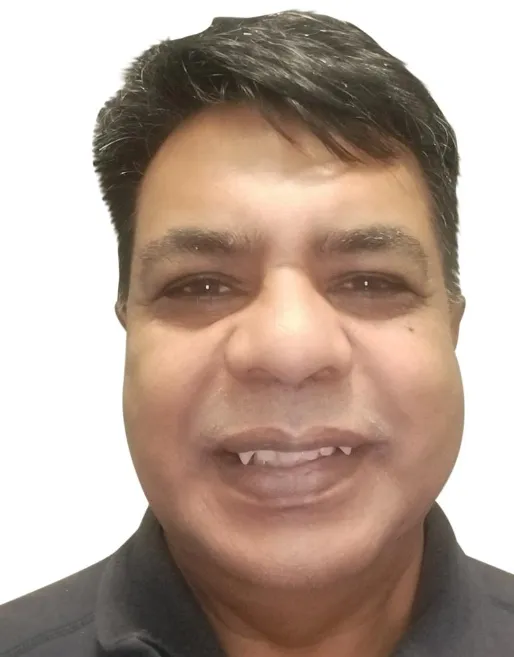The evolution of community radio in South Africa: a journey from apartheid to empowerment
Broadcasting change

Given its history and the need to promote democracy and development, the value of community radio in South Africa cannot be downplayed, says the writer.
Image: Pexels.com/Rahib Yaqubov
IT’S NO SECRET that South Africa endured decades of division, discrimination and detention at the hands of an errant elite that was hellbent on perpetuating the evils of the horrid system of apartheid.
1976 was a seminal year as the "Soweto Uprising" shook the state to the rafters. The 1980s was marked by widespread turbulence as civil society became increasingly disgruntled with the direction of the country. In the latter part of the decade, the Campaign for Open Media became a lobbying force, and the Campaign for Independent Broadcasting commenced advocating for opening up of the airwaves.
I happened to be part of these trailblazing initiatives – at times, they were exciting and elevating, but at other moments eerie and excruciating.
To borrow from Charles Dickens, “It was the best of times, it was the worst of times . . .”
A watershed conference titled Jabulani! Freedom of the Airwaves was held in August 1991 in Doorn, Netherlands. It was pronounced that a three-tier system of broadcasting needs to be established in South Africa, and the terrain must be regulated by an independent authority.
Apart from the public service viz the SABC, community and commercial radio stations must contribute to diversity on the dial.
The gathering in the Netherlands added that national community broadcasting should be participatory; it should be owned and controlled by the community itself, and the broadcasting content of the station should be determined by the needs of the community as perceived by that community.
Radio Maritzburg became the first licensed community service in November 1994 in the country. Since then, approximately 200 stations have been granted licences by the Independent Communications Authority of South Africa (Icasa). Community radio represents a bottom-up approach whereby the listener in the broadcasting footprint ought to decide who should be on the board of the station as well as the content to be aired. Engagement with the community is crucial as it is the owner of the station and the assets.
The element of localism is a key ingredient for broadcasters, irrespective of their category, around the globe. If anything, community radio is best positioned to use its connectivity with local citizens and organisations to its best advantage.
A debilitating factor is the governance of stations around the country. Self-appointed members of boards with vested interests and who occupy positions far beyond the stipulated period laid down in the station’s Constitution stymies growth and progress. Boards are essentially in place to come up with policies that would ensure the smooth operation of the station. However, there is a tendency for board members to involve themselves in operational matters which inevitably lead to challenges such as nepotism and cronyism.
Servant leadership is a conveniently forgotten concept. This tier of broadcasting, in the main, relies on the goodwill of volunteers to keep the station on-air. Management needs to develop novel ways in engendering a spirit of volunteerism. It behoves the volunteer on community radio to provide the similar level of quality service as someone on public or commercial radio.
The individual’s task is not and can never be viewed as less important. The listener is in need of just as good a broadcast experience. In fact, there is a greater onus by the presenter on community radio to go beyond the call of duty because the listener in all probability depends on the output of the station to improve her or his livelihood. The listener tunes into community radio to hear something that is directly pertinent.
Bill Siemering, who wrote the mission statement for National Public Radio (NPR) in the United States and a member of the Radio Hall of Fame in that country, says that community radio serves as a clinic to heal.
The programme manager has to ensure that presenters have done the required research and are adequately prepared for their show. In order to provide top-drawer service, airchecks for on-air staff cannot be sufficiently underscored. Training is vital for new people at the station. By the same token, ongoing refresher training should not be ignored.
Financial resources are one of the biggest bugbears with community radio stations. The ability to continually generate revenue for the station should be a permanent item on the agenda for meetings even well before going on-air. The absence of a steady flow of funds is a recipe for disaster especially if creditors cannot be paid.
A sustainability model should be the benchmark. The coffers can be replenished through advertisements, sponsorships, grants, donations and membership fees. A strong, well-trained marketing and advertising team is bound to make sure the station is not only afloat but is thriving. It may be a non-profit entity, but has to be run on sound business principles. Count and account for every rand. Proper record-keeping will make the task of the accountant easier. A cautionary note is that all monies received belong to the station, and can never be shared with a third person.
Many community radio stations in the country flounder due to the reluctance or the inability to comply with rules and regulations by a range of stakeholders. The need to get familiar with requirements is non-negotiable. The licence conditions/’promise of performance’ that Icasa issues to the station at the onset cannot be breached. Keep the taxman in your good books failing which a tax compliance certificate is merely a pipedream. This certificate is your passport for prosperity.
Given its history and the need to promote democracy and development, the value of community radio in South Africa cannot be downplayed. It affords the community the golden opportunity to cater for all its needs no matter how small they are. Moreover, it allows for creativity and flexibility to flourish with real, relevant and authentic content.
As Denise Gray-Felder succinctly puts it, “Community radios provide profound new opportunities for more inclusive sustainable development.”

Advocate Robin Sewlal
Image: File
Advocate Robin Sewlal is the Chairperson of Radiocracy which published the legacy book “My Radio Memory: Listening to the Listener”. You can obtain a copy by emailing [email protected] It costs R390.00 which includes delivery to your door by Internet Express.
** The views expressed do not necessarily reflect the views of IOL or Independent Media.
Related Topics: